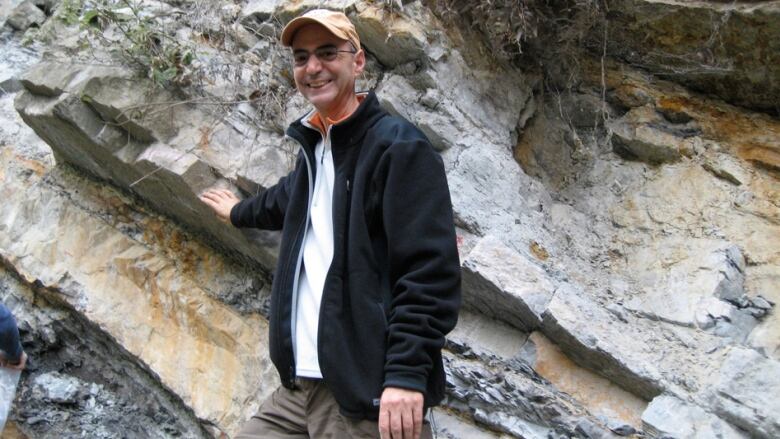Methane-spewing microbe blamed in worst mass extinction
'Great dying' caused by archaea population explosion, study suggests

A very tiny organism may have caused the worst mass extinction the Earth has ever experienced, a new study suggests.
The end-Permian extinction, or "Great Dying," that took place 252 million years ago wiped out 90 per cent of all species on Earth over200,000 years, most of them within 20,000. The victims included forests of conifers and tree ferns, big amphibians and reptiles that roamed among them, and a huge variety of fish and shellfish in the oceans. Trilobites and sea scorpions that plied the seas for hundreds of millions of years went extinct altogether.
No one knows exactly what caused the mass extinction, although recent studies have pinned the blame on carbon dioxide-spewing volcanoes in Siberia. Researchers thought the sudden rise in carbon dioxide would have acidified the oceans, killing off fish and shellfish the biggest victims of the extinction while changing the climate so fast that plants and animals on land also died out, unable to adapt in time.
But a new study suggests that the key culprit in the extinction was a microbe called Methanosarcina that suddenly gained the ability to generate massive amounts of methane and release it into the seas and atmosphere. The study was published this week in Proceedings of the National Academy of Sciences.
Methanosarcina is a type of microbe called an archaea. While humans breathe in oxygen to generate energy and breathe out carbon dioxide as a waste product, Methanosarcina respires carbon-based compounds such as acetate, releasing methane as waste. This type of microbe still exists,and is responsible for making cows belch methane and for producing methane from rotting garbage in landfills.
Genetic evidence uncovered by researchers at the Massachusetts Institute of Technology in Cambridge, and the Nanjing Institute of Paleontology of the Chinese Academy of Sciencessuggests thatMethanosarcinagained the ability to produce methane at roughly the time of the mass extinction.
"That's of interest to us because we also knew there was a stockpile of organic matter in the ocean at the time," said the study's lead author, Daniel Rothman, in an interview with CBC's As It Happens.
Methanosarcina could have used that huge stockpile of fuel to grow and expand its population rapidly and exponentially, as microbes sometimes do, the study reported, provided it had enough nickel a nutrient it needs to survive and grow, but isn't always easy to come by.
The researchers' analysis of sediments in China showed that in fact, the Siberian volcanoes previously blamed for the extinction itself coughed up large quantities of nickel.
Volcanoes'role
It's true that the volcanoes also spewed out large quantities of carbon dioxide, but the researchers' calculations show that it wasn't enough to account for the huge increase in carbon-containing gases methane and carbon dioxide that can be produced by the reaction of methane with oxygen at the time of the extinction. Geochemical evidence also shows that levels of those gases did not fall off as expected if their increase was caused by volcanoes.
Instead, they continued to increase.
"It starts off slowly, then speeds up and speeds up even more," said Rothman, a geophysics professor.
That fits the pattern that would be expected if the gas increase werecaused by the population explosion of a microbe.
The evidence suggests that volcanism was a catalyst rather than the cause of the mass extinction "the detonator rather than the bomb itself," said study co-author Greg Fournier in an interview with Reuters.
The end-Permian extinction was the secondlast of five known mass extinctions in Earth's history. It cleared the way for the dinosaurs, which diedout in the last mass extinction 65 million years ago.
With a file from Reuters












_(720p).jpg)


 OFFICIAL HD MUSIC VIDEO.jpg)
.jpg)



























































































